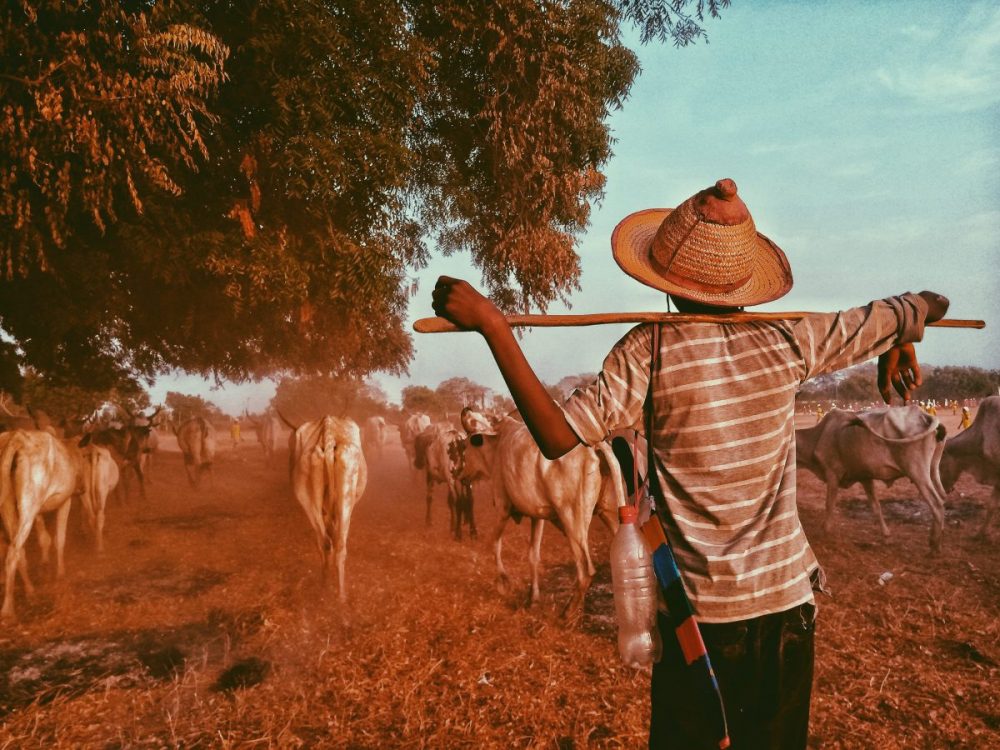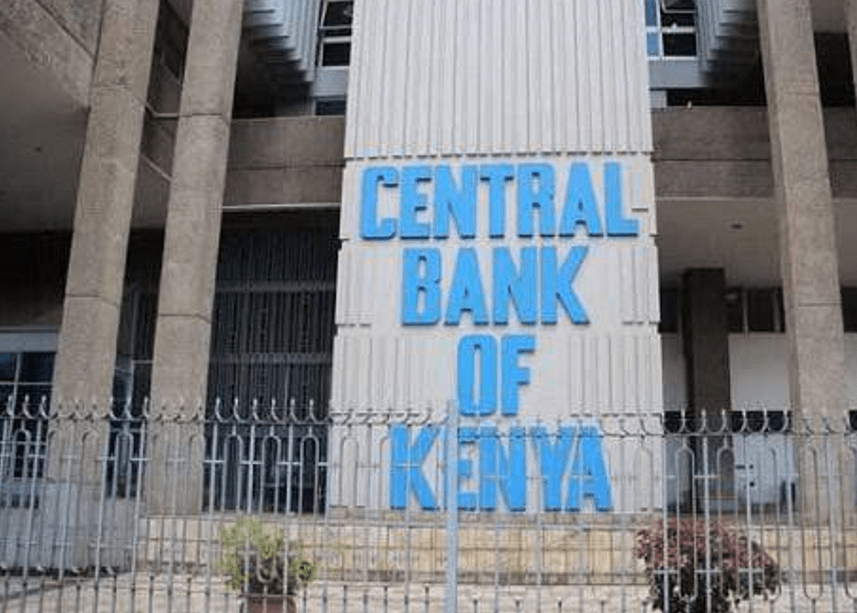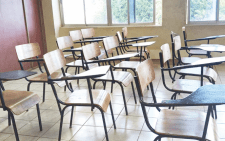UK varsity seeks to heal colonial wounds

A delegation from the United Kingdom has handed over 196 head of cattle to four Maasai families in Kenya and Tanzania as part of reparations for atrocities and injustices meted against their community during the colonial era.
Such ceremony, according to Maasai culture, is mostly conducted when an individual kills a member of the community.
The ceremony held at Morijo-Loita in Narok County saw each family receive 49 cows as a way of cleansing between the two sides for talks to start on how “sacred community objects” ended up in museums in the UK.
Local leader argue that the artefacts found in the museums belonged to members of their community killed during the colonial era.
The delegation from the Oxford University-based Pits Rivers Museum travelled to Kenya to hand over the cattle to the families whose artefacts were stolen over 100 years ago.
Laura Van Broeckhoven, the Director of Pits Rivers Museum and professor of Museum Studies, Ethics and Material Culture at the University of Oxford, led the team of scholars and goodwill ambassadors in an event aimed at kicking off talks with the Maasai whose sacred artefacts and ornaments were taken to the UK.
Broeckhoven, who lead a team of scholars among them Thandiwe Wilson, (Research Assistant Pitt Rivers Museum), Marina de Alarcon, (Head of Collections, Pitt Rivers Museum), Jessica Frankopan (The Staples TrustIliane), Ogilvie Thompson (Pit Rivers Museum Board), said the two sides will now discuss the return of artefacts and possible compensation for loss of lives.
The four affected families – Sulul and Mpaima in Morijo Loita, Sayialel in Naikarra village in Narok West and Moseka family in Nothern Tanzania – were identified as the owners of the objects found in the museum following guidance of the Maasai chief Loibon Mokombo Ole Simel.
“After we learned that we have some objects that were problematic, our next stage was to work with the Chief Maasai Oloibon on how we can reconcile with the Maasai community and heal the situation and we aped their tradition of handing over 49 cows to the affected families to allow talks to start on how the ornaments reached our library and how they can be returned and possible compensation,” said Broeckhoven during the ceremony.
“Many of the objects in our museum were collected during the colonial times. Many of them were gifted but some are problematic because they were never supposed to have been in the museum. Records about them were not clear on how they landed there,” she added.
She said consultation with elders proved the objects originated from the Maa people living in Kenya and Tanzania and many of the owners might have been killed during the process.
“There were several object that were recognized by Mukombo (Olaibooni). He helped to identify the families which the objects originated from,” she said.
The objects were discovered after a group of Maasai visited Oxford in 2017 as part of an effort to retrieve artefacts held by the Pitt Rivers Museum.
This was after the Pitt Rivers Museum contacted indigenous peoples directly, among them the Maasai, about restoring articles as part of the Living Cultures project which works to represent the history and narratives behind artefacts held in museum collections, relating the impact of the colonial past.
Living Cultures is a partnership between Maasai representatives from Tanzania and Kenya, the Pitt Rivers Museum and InsightShare and have been spearheading the reparation process.
The Maasai visit came after the Director of a non-governmental organisation Pan Africa Living Culture Alliance Samuel Nangiri, a Maasai from Tanzania, visited the Pitt Rivers during a culture conference.
“When I came across the objects, I asked hard questions on the labels attributed to some of them. Like what ‘collected’ meant? Like when you find something in a forest, so not donated, and not robbed? And how did this sacred ornaments reach here, who brought them,” said Nangiri during the event.
After his visit to the museum, Nangiri returned to Tanzania and Kenya and consulted the elders on his findings before leading a delegation of seven representatives of the Maasai community to Oxford at the invitation of the director of the Pitt Rivers, and InsightShare organisation, to determine where and when the objects were taken.
In the delegation was the son of the chief Loibon, Lemaron Ole Parit, a spiritual leader and out of 188 Maasai artefacts in the museum, Parit identified five ornaments he thought are “culturally sensitive enough to warrant a return.”
“Some of the identified artefacts are important to the Maasai because they represent the continuation of a dead person’s life. The artefacts are won by the family and are as important as a dead body,” said Amos Leuka, a member of the delegation.
Leuka said among the five objects was a metallic bracelet known as olkatarr which is key in Maasai inheritance that symbolizes the transfer of responsibility from the departed head of a family to his sons.
The second is a ceremonial head gear known as isikira won by girls who have been circumcised and are in seclusion and symbolizes the right of passage, transfer of responsibility and status and enhance connection between the mother and the daughter.
Another object that is under lock and key at the museum is a necklace known as emonyorit which symbolizes marriage and is a pillar of inheritance on the girl side.
Enkononkoi Narok is a necklace the community says is very sacred as it is a key object in Maasai ceremonies, especially circumcision, and is regarded as an ornament of life of the community.
When boys are circumcised they wear a headgear on both sides of the head that resembles ear phones known as isuritia. It identifies them among community members who allow them to feed and sleep in any home.
According to Nangiri, the ornaments cannot be removed from the family line or sold to outsiders and finding them in the museum raised questions about how they found their way there.
Nick Lunch, director of InsightShare, an Oxford-based NGO, blamed the colonialists for atrocities and theft of artefacts during the colonial period.
“We are not connected to the land and we have no knowledge of indigenous people like the Maasai who understand how to care for each other, take care of wildlife and how to design societies with respect. We always want everything for ourselves in whatever way,” said Lunch who attended the ceremony.
Narok Governor Patrick Ntutu, former Governor Samuel Tunai, Narok South MP Kitilai Ole Ntutu, Emurua Dikirr MP Johana Ngeno and County Women Rep Rebecca Tonkei witnessed the cleansing ceremony and hailed the process.
“The team from Oxford today, agreed that there were injustices committed against the Maasai people during the colonial era and this process has just started. We will engage each other until the dark past left by British colonialists is done with,” said Ntutu.
Tunai challenged young people and scholars to write books on how the Maasai community were also involved in the fight for liberation of the country and independence where many of them lost their lives and property.
The former governor asked the county leadership to continue pursuing other objects that may have been stolen by the colonialists.
Tonkei asked Oxford University to open the Oxford University branch in the Maa land as a sign of good relations between Kenya and Britain and as compensation to the community for past atrocities.












